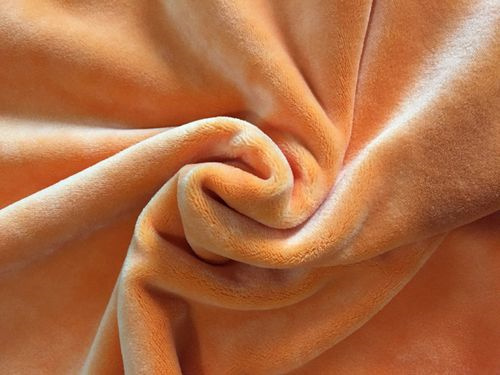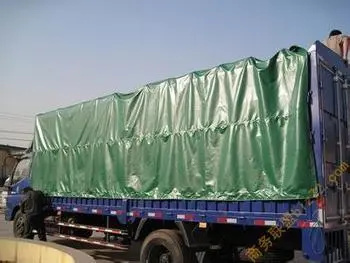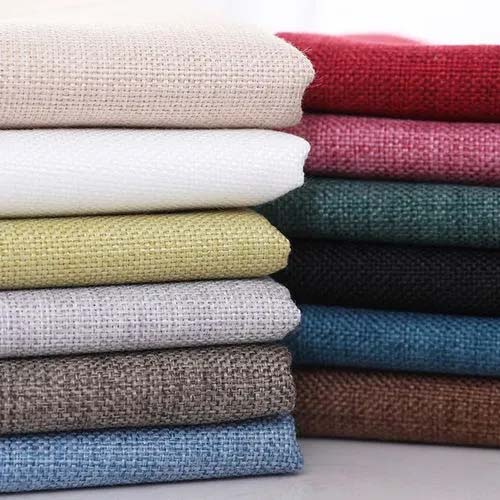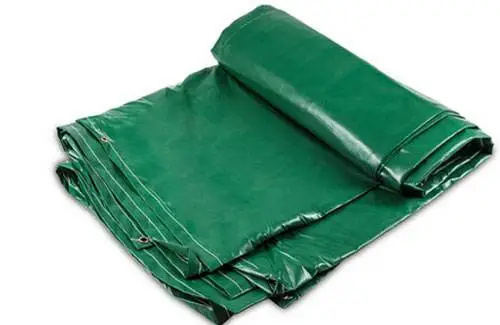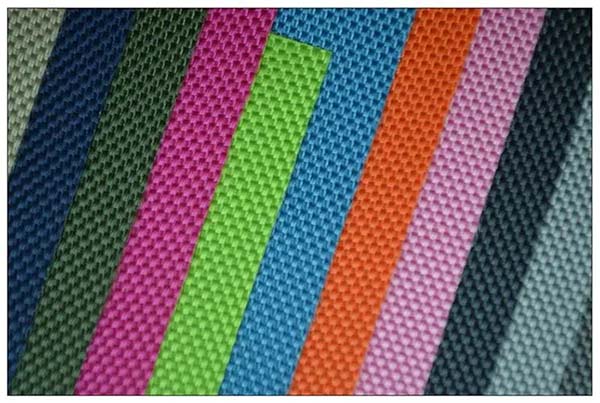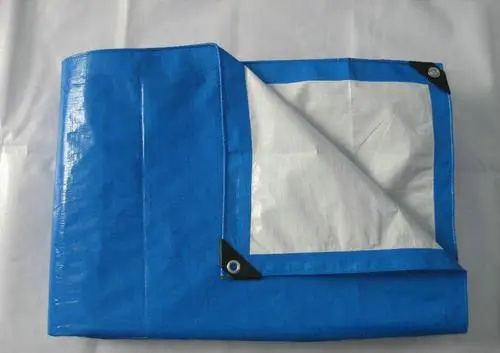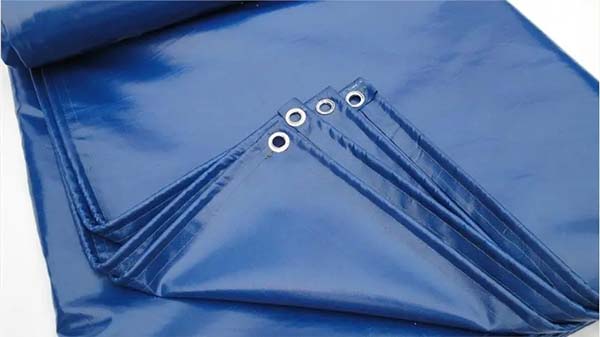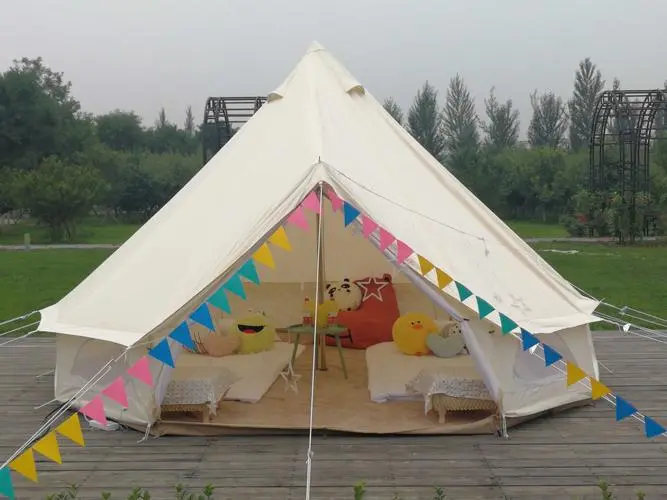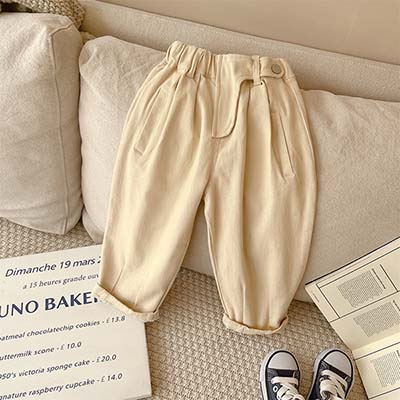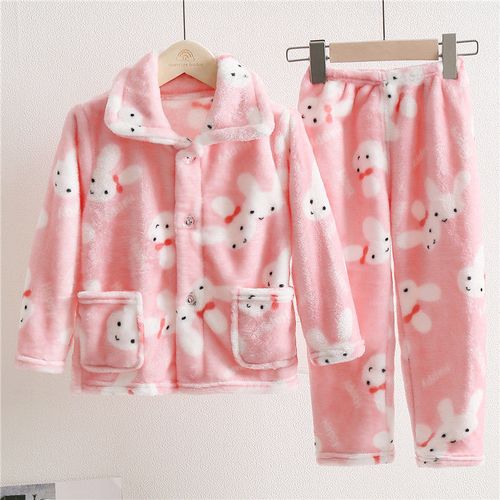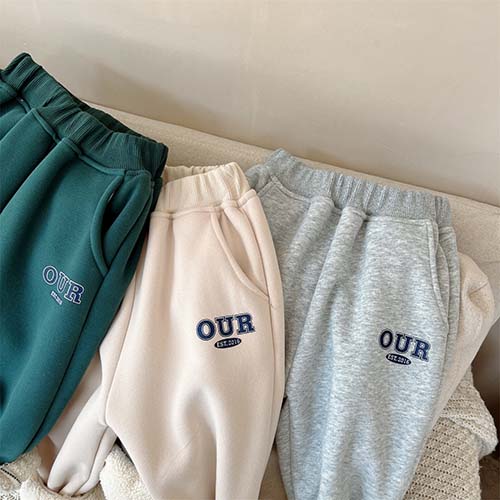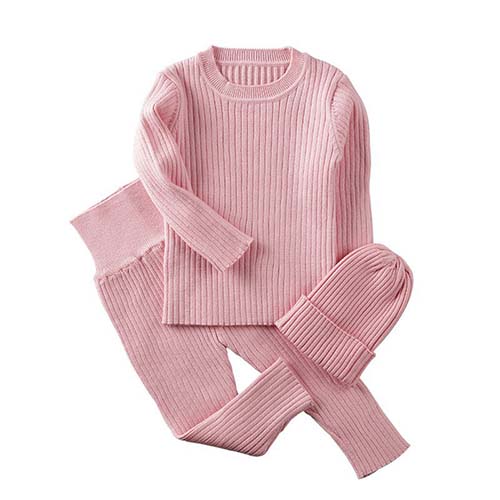Coral fleece is a new type of fabric, it has high fiber density, coral-like shape, good coverage, light and soft body like living coral withcolorful colors. Coral fleece is soft and has a strong warmth retention performance. But it is easy to shed hair and accumulate dirt such as dust. The following is an analysis of the pros and cons of coral fleece.
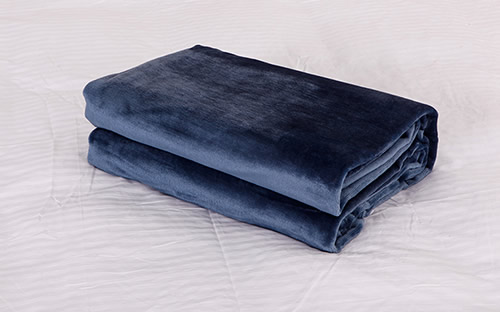
What kind of fabric is coral fleece?
Coral fleece is a warp-knitted fabric. It is made through finishing processes such as dyeing, brushing, frying, combing, printing, etc. It is a new type of fabric. Knitted fabrics are generally divided into warp-knitted and weft-knitted fabrics. Common coral fleece is made of polyester fibers DTY150d/288f and DTY150d/144f. Therefore its fabric has outstanding softness.
Pros and cons of coral fleece
Pros
Coral fleece is made of imported DTY microfiber as raw material. Compared with other textiles, its advantages are particularly obvious. For example, it feels soft and delicate, does not shed hair, and is easy to dye.
- Soft hand feeling: the monofilament is thin and the bending modulus is small. Therefore its fabric has outstanding softness.
- Good coverage: due to the high density between fibers, the coverage is good.
- Good air permeability: the dry fiber has a large specific surface area. Therefore, it has a high wicking effect and air permeability and is comfortable to wear.
- Good decontamination: the dry fiber fabric is soft and can fit closely with the object to be wiped. Therefore it has a good cleaning effect.
- Optics: Due to the large specific surface area of the fiber, the light reflection on the surface of the fiber assembly is poor. Therefore, the fabric made of this fiber has elegant and soft color.
Cons
Coral fleece is prone to static electricity. Due to the weaving principle, it will suffer from shedding. Therefore, we recommend washing it with water before wearing it. If you have dry skin in winter, you can apply moisturizer before wearing it. It is recommended that people with sensitive skin and asthma should avoid wearing this fabric because it will cause floating hands.
The use of coral fleece
Coral fleece is one of the latest and best-selling fabrics in textile fabrics. It is characterized by a soft hand feeling, delicate texture, and environmental protection.
It has many uses. For example, it is used for nightgowns, baby products, children’s clothing, pajamas, shoes and hats, toys, car interior accessories, handicraft products, home accessories, etc. And it is becoming more and more popular in the home textile industry. A large number of coral fleece bedding have emerged on the market, gradually replacing traditional bedding. Coral fleece blankets, quilts, pillows, bed sheets, pillowcases, four-piece bedding sets, etc., are deeply trusted by consumers.
Coral fleece cleaning and maintenance
The washing temperature should not exceed 30 degrees. Families with conditions, please put coral fleece products into the laundry bag. Then, please use a neutral detergent and add an appropriate amount of softener. Do not bleach, and do not dry clean. Can not be directly exposed to the sun, to dry slowly.
The dried products should be folded well. and keep it in a dry place. Remember not to accumulate heavy objects on coral fleece products, otherwise, they will be deformed.
Mothballs, fresheners, and dehumidifiers should not be in close contact with coral fleece products.
Compared with other fabrics
1, Which is better, coral fleece or flannel?
The advantage of both is strong warmth retention. Flannel is more suitable for making trousers, tops, children’s clothes, etc. We can use it for shirts and skirts. Coral fleece is soft and suitable for pajamas. Flannel is warmer than coral fleece but more expensive. The flannel fluff is finer and denser. However, the hair of coral fleece is relatively thick and sparse. So coral fleece is easier to lose hair, but flannel is not.
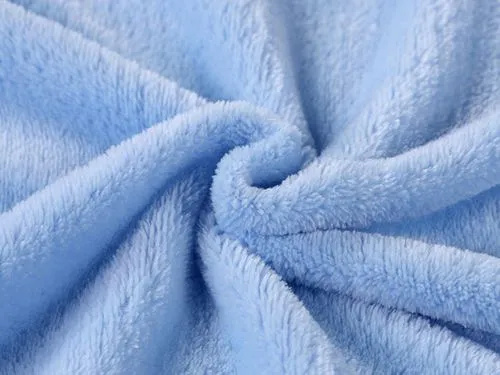
2, Which is better, coral fleece or pure cotton?
Compared with pure cotton quilt cover fabrics, coral fleece is softer and more comfortable and has better thermal performance. But the volume is larger than pure cotton fabric. And it is inconvenient to clean. And because the fluff is long, so it is better than pure cotton fabrics are more likely to collect dust. And it is easy to breed bacteria such as mites. Then, it can cause skin redness, allergies, itching, etc. Therefore, we need to clean frequently.
Pure cotton fabrics are less prone to allergies than coral fleece. And it fits well with the quilt core. The quilt cover of coral fleece is very poor in this respect. Its quilt core often scurries around in the quilt cover. Pure cotton is easy to wrinkle after washing. Coral fleece is soft and not easy to wrinkle. But coral fleece is prone to pilling after a long time of use.
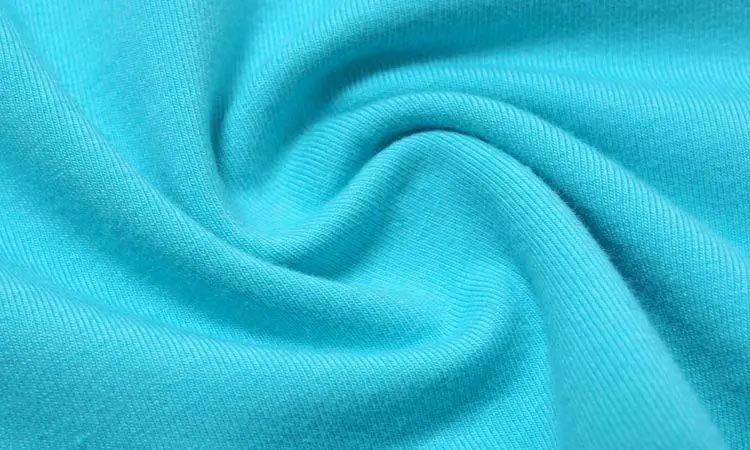
3, Which is better, coral velvet or crystal velvet?
When we say crystal velvet, it is actually an upgraded product extended on coral velvet. It’s a bit more advanced. Crystal velvet will be smoother and more comfortable to the touch. The fabric of crystal velvet is also thicker, so it will keep it warmer. Due to its high density, it is not easy to shed hair either. It will also be higher in cost.
Compared with flannel, crystal velvet is polyester fiber in common. They are all polyester, chemical fiber production. The difference is that the crystal velvet has fluff on the surface. And the density is high, and the fleece is very dense. If it is close to the skin, it will feel tight. Therefore it is not suitable for close-fitting clothing. They are more suitable for other household items.
